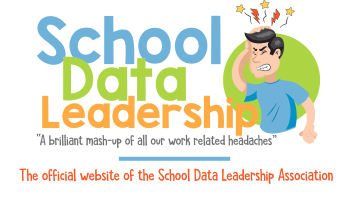Communicate the vision so the staff and school community understands it and uses it for decision-making.
Effectively communicating the vision of a school to staff and the wider school community is crucial for fostering understanding, alignment, and ownership of the vision. School leaders should consider the following when communicating with stakeholders:
-
Clarity and Simplicity: Communicate the vision in clear and simple language that is easy to understand and remember.
-
Multiple Communication Channels: Utilize multiple communication channels to reach all members of the school community.
-
Visual Representation: Create visual representations of the vision to make it more engaging and accessible to stakeholders.
-
Storytelling: Use storytelling techniques to bring the vision to life and make it relatable to stakeholders.
-
Two-Way Communication: Foster two-way communication channels that allow for dialogue, feedback, and engagement around the vision.
-
Leadership Visibility and Advocacy: Demonstrate visible leadership support and advocacy for the vision.
- Resource: Visible Leadership: Modeling the Vision
- Resource: Visible Leadership: Modeling the Vision
-
Alignment with Goals and Decision-Making: Clearly connect the vision to the school's goals and decision-making processes.
-
Professional Development: Provide professional development opportunities for staff to deepen their understanding of the vision.
-
Regular Reinforcement: Reinforce the vision regularly through ongoing communication and reminders.
-
Evaluation and Reflection: Continuously evaluate and reflect on the effectiveness of communication efforts related to the vision.
By effectively communicating the vision so that staff and the school community understand it and use it for decision-making, educational leaders can foster a shared sense of purpose, direction, and commitment that drives positive change and improvement within the school.
